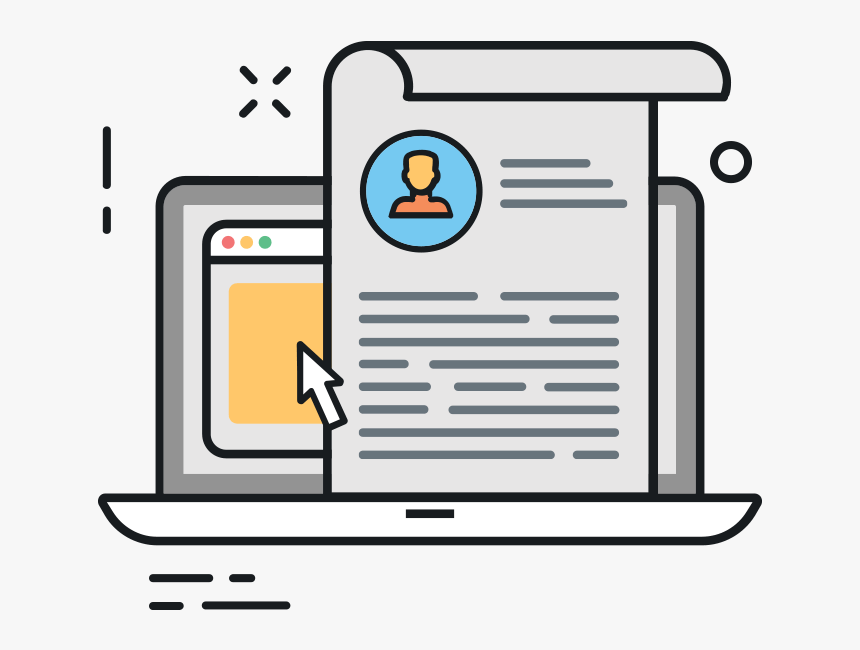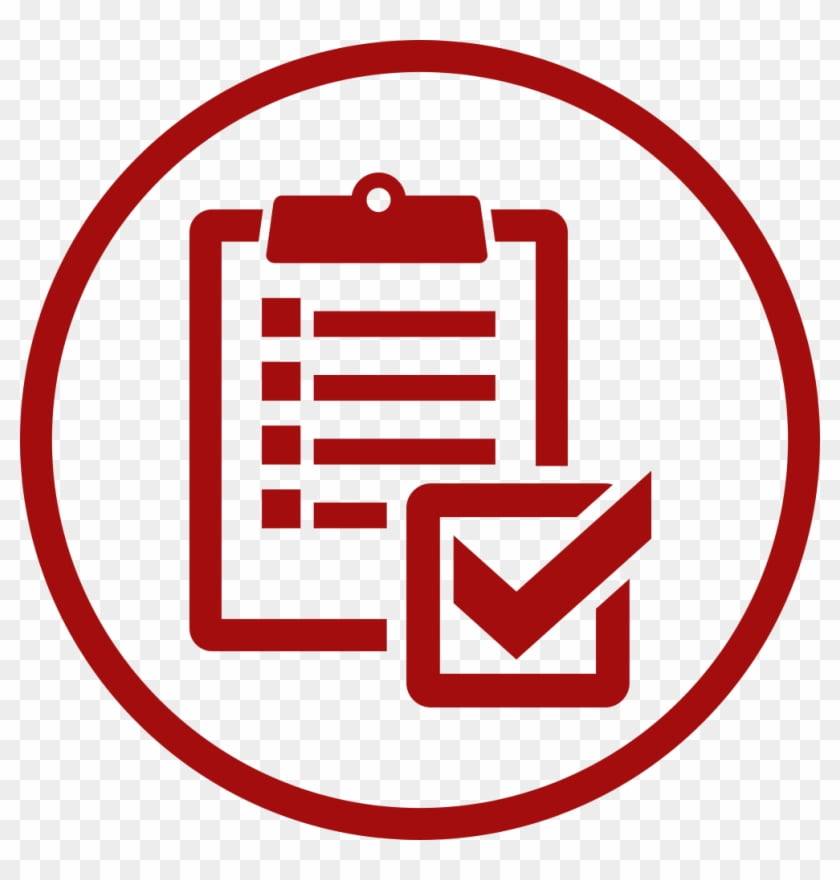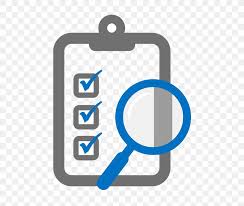How to Create a Successful Affiliate Marketing Program

Updated at: 2023-07-04 16:13:10 (2 years ago by Melkisedeck Leon Shine)
How to Create a Successful Affiliate Marketing Program 🌟💼
Affiliate marketing has become an integral part of many businesses' marketing strategies, allowing them to expand their reach and drive sales through a network of affiliate partners. However, not all affiliate marketing programs are created equal. To ensure success, it is crucial to develop a well-thought-out and structured program that effectively engages and motivates affiliates. In this article, we will provide you with 15 essential points on how to create a successful affiliate marketing program, accompanied by practical examples and professional advice. So, let's dive in! 💪📈
-
Define clear goals: Start by setting clear and specific objectives for your affiliate program, such as increasing brand awareness or driving sales. This will guide your overall strategy and help affiliates understand what they are working towards.
-
Select the right affiliates: Choose affiliates who align with your target audience and share similar values or interests. For example, if you sell outdoor gear, partnering with influencers who promote adventure and outdoor lifestyle content can be a great fit.
-
Offer competitive commissions: Ensure your commission structure is attractive enough to motivate affiliates. Providing higher commissions for top-performing affiliates can create a healthy competition and encourage them to promote your products or services more actively.
-
Provide quality promotional materials: Equip affiliates with high-quality banners, images, videos, and other promotional materials that effectively showcase your products or services. This will make it easier for them to create compelling content and drive conversions.
-
Implement reliable tracking and reporting: Utilize reliable affiliate tracking software that accurately tracks affiliate sales and provides detailed reports. This transparency helps you monitor the performance of your affiliates and make data-driven decisions.
-
Offer exclusive deals and promotions: Create unique offers, discounts, or limited-time promotions exclusively for your affiliate program. This gives affiliates an extra incentive to promote your brand and encourages their audience to take action.
-
Foster open communication: Maintain regular communication channels with your affiliates, providing them with updates, marketing materials, and answering any queries promptly. Building a strong relationship with your affiliates ensures their continued engagement and loyalty.
-
Encourage affiliate collaboration: Encourage your affiliates to collaborate and share success stories, tips, and strategies with one another. This creates a supportive community where affiliates can learn from each other and share best practices.
-
Monitor affiliate compliance: Regularly monitor your affiliates' promotional activities to ensure compliance with your program's guidelines and ethical standards. This helps protect your brand reputation and maintain consistency in messaging.
-
Provide personalized support: Offer personalized assistance to your affiliates, such as one-on-one coaching or access to a dedicated affiliate manager. This level of support can significantly enhance their performance and build trust.
-
Optimize landing pages: Ensure your website's landing pages are optimized for conversion. Conduct A/B testing and track the performance of different layouts, headlines, and call-to-action buttons to maximize the affiliate-driven traffic.
-
Leverage social proof: Incorporate social proof elements, such as customer testimonials and reviews, on your website to boost credibility and influence purchasing decisions. This can greatly enhance the effectiveness of your affiliates' promotional efforts.
-
Continuously evaluate and adjust: Regularly evaluate your affiliate program's performance and make necessary adjustments based on data-driven insights. Experiment with different strategies and analyze the results to optimize your program.
-
Reward top-performing affiliates: Recognize and reward your top-performing affiliates by offering bonuses, exclusive perks, or even higher commission rates. This recognition motivates them to maintain their outstanding performance and sets an example for others.
-
Stay up-to-date with industry trends: Continuously educate yourself on the latest affiliate marketing trends, techniques, and technologies. Attend industry conferences, read relevant publications, and network with other professionals to stay ahead of the curve.
By following these 15 points, you can create a successful affiliate marketing program that not only drives sales but also establishes strong relationships with your affiliates. Remember, building a thriving program requires consistent efforts, monitoring, and adaptability. Good luck on your affiliate marketing journey! 🚀💼





